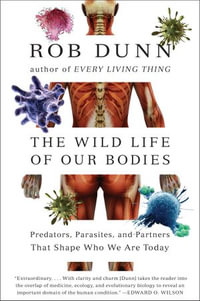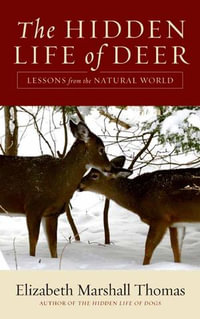The 1924 African discovery of an early hominin child's skull, referred to as Australopithecus africanus by Raymond Dart, was a major event in the history of paleoanthropology. This provided the first evidence of early hominins in Africa and overturned conventional ideas about human evolution. Subsequent discoveries of A. africanus fossils, notably from cave deposits at Sterkfontein, yielded the first evidence that early hominins were habitual bipeds. Fifty years after this, the discovered wealth of fossil evidence in eastern Africa of the slightly older and craniodentally more primitive taxon, A. afarensis, catalyzed debates about the origin and evolution of human gait and the phylogentic relationships among early hominins. This formed the main basis of our understanding of early hominin bipedality and paleobiology. Little attention has been paid to the variation among species in postcranial anatomy and locomotion, although intriguing hints are beginning to appear in the literature. Did multiple varieties of bipedality evolve? Did australopith species differ in positional or manipulative abilities, body proportions, or patterns of sexual dimorphism? These are critical questions for understanding the evolution of australopiths and hominin locomotion. In this book, Bernhard Zipfel, Brian Richmond, Carol Ward, and the most knowledgeable scholars in their respective fields provide groundbreaking accounts for each postcranial fossil and expert examinations into the background of each fossil. The chapters include standardized high-quality photographs and anatomical descriptions to allow readers to read the book entirely or learn by comparing features across chapters. Hominin Postcranial Remains from Sterkfontein, South Africa, 1936-1995 is an evolutionary history of South African hominins, and it offers readers an orientation and introduction to the field. This is an important reference book for professional paleontologists, paleobiologists, anthropologists, geologists, students, and historians interested in human evolution.

























